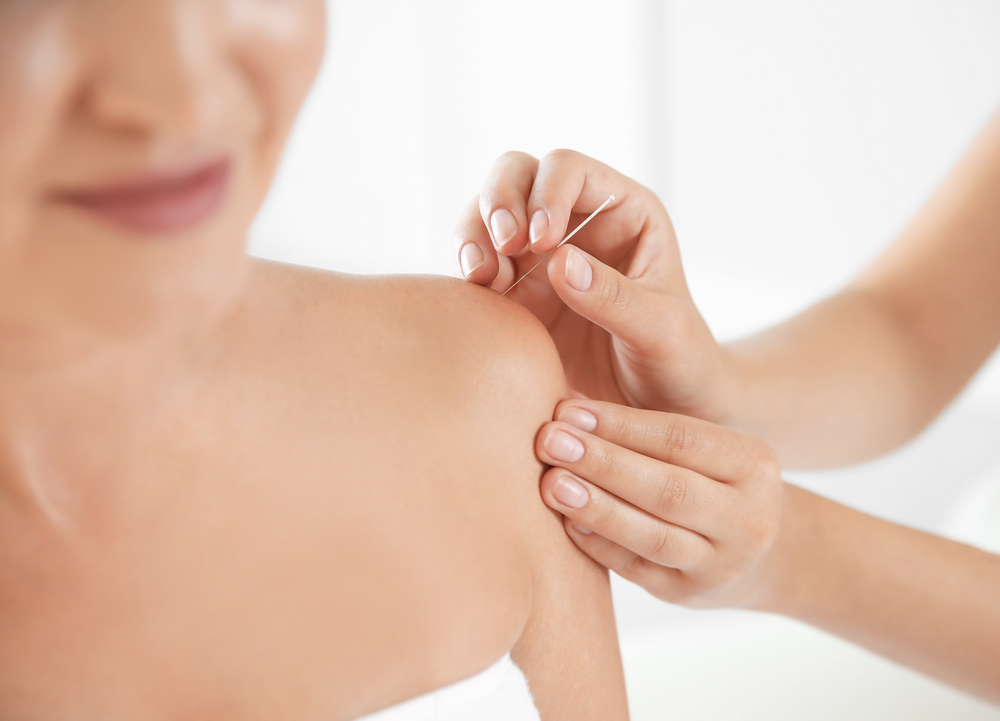
One of the major questions surrounding dry needling, a companion to traditional acupuncture treatments is: does dry needling hurt? It’s a common misconception led by the relatable fear of needles.
People equate ‘needle’ with ‘pain’. However, dry needling wields needles as agents of relief, not sources of discomfort. The true sensation of dry needling is a world away from what one might anticipate, echoing more a passageway to pain reduction, than contributing to the problem itself.
When it comes to dry needling, Messina Acupuncture PC in East Setauket, New York, is a sanctuary for those seeking alternative treatments for musculoskeletal pain. The work is guided by Daniel Messina, a dedicated practitioner of Chinese Medicine. He brings a gentle, skilled hand to dry needling, ensuring your comfort throughout the treatment.
The sensation of dry needling is felt differently by every individual, as unique as one’s fingerprint. In the hands of an experienced practitioner, most patients describe the feeling as not more than a slight twinge or a muscle twitch.
Debunking Myths About Dry Needling Pain Intensity and Experience
The myth that dry needling is unbearably painful needs to be challenged. Comparisons are often made between dry needling and acupuncture, but the perceived pain levels differ. Acupuncturists insert needles into specific points to balance the body’s energy. Meanwhile, dry needling targets trigger points, relieving tension in the muscles. This might cause a short ‘twitch’ response, often mistaken as extreme pain.
The sensation felt during dry needling is far from the sharp pain of a regular injection needle. It’s more like a dull ache, a twinge, or a cramp. With expert guidance and correct techniques, the treatment remains tolerant for the majority.
What Influences Pain Perception During Dry Needling Sessions
Pain perception in dry needling varies from person to person and even session to session. Factors like fear or anxiety about the procedure can amplify the sensation of pain. If your muscles are very sensitive or in spasm, the session might be slightly more uncomfortable. Communication with your therapist is vital. They can adjust their technique to keep you comfortable while gaining maximum benefit.
Some discomfort is natural. The needles are triggering a response in your muscles, which is an essential part of the healing process. But remember, there’s a significant difference between intense pain and mild discomfort. You shouldn’t be gritting your teeth or holding your breath through the session.
Expert Tips for Reducing Discomfort Before Your First Dry Needling
Fear of the unknown can heighten anxiety, leading to a worsened perception of pain. Gaining knowledge about the procedure can help mitigate this.
Be open and do your research before attending your first dry needling session. You can prepare your mind for what’s coming and lessen the surprise element. Breathing techniques can also help manage any discomfort. Deep, slow, and controlled breaths can help reduce muscle tension and decrease your heart rate.
Start Your Journey Towards Pain-Free Living Today
Along with dry needling, Messina Acupuncture PC offers musculoskeletal acupuncture treatment as an effective multidimensional method for managing musculoskeletal pain. In contrast with conventional medication, this approach harnesses the body’s inherent healing potential. By stimulating specific points on the body, we’re able to open gateways for improved mobility and significant pain reduction.